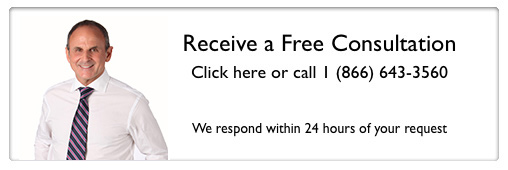Paying IRS by Check? Words of Caution
Many people prefer to pay the IRS by check. After all, this leaves a paper trail and often makes tracking payments easier on the individual’s end. However, there are a few simple things that anyone paying IRS by check needs to do.
1. Annotate
It is surprisingly easy for the IRS to misplace a check or credit it to the wrong account. To avoid this, use your memo line. Put the form number and tax year as well as your own social security or employer identification number. Try to make it so that if your check was found on the ground, an IRS employee would be able to figure out what it is for.
2. Separate Checks for Separate Bills
If you owe money to the IRS for two different reasons, you may be tempted to send one check. Never do this. It is too easy for the wrong amounts to be credited and for you to end up with penalties. In addition, it will bring more scrutiny to your account, which is never a good thing.
3. Follow Mailing Procedure
A lot rides on the U.S. Postal Service and IRS mail rooms when you are paying IRS by check. Any delay or mix-up could be disastrous. Leave plenty of time for the check to arrive and be processed. Similarly, make sure your envelope has appropriate postage as well as a full return address so you know if it hasn’t arrived. Lost or unreturnable mail has led to a surprising number of nondeductible late penalties.
Another issue to consider is that the IRS will credit your account with payment on the date of the postmark. If you put your check in outgoing mail at an office or residence late in the day, it may be sorted and postmarked the next day. If you are close to the payment deadline, take the envelope directly to the post office and watch it being postmarked. Sending payments to the IRS by certified mail with return receipt is highly recommended.


